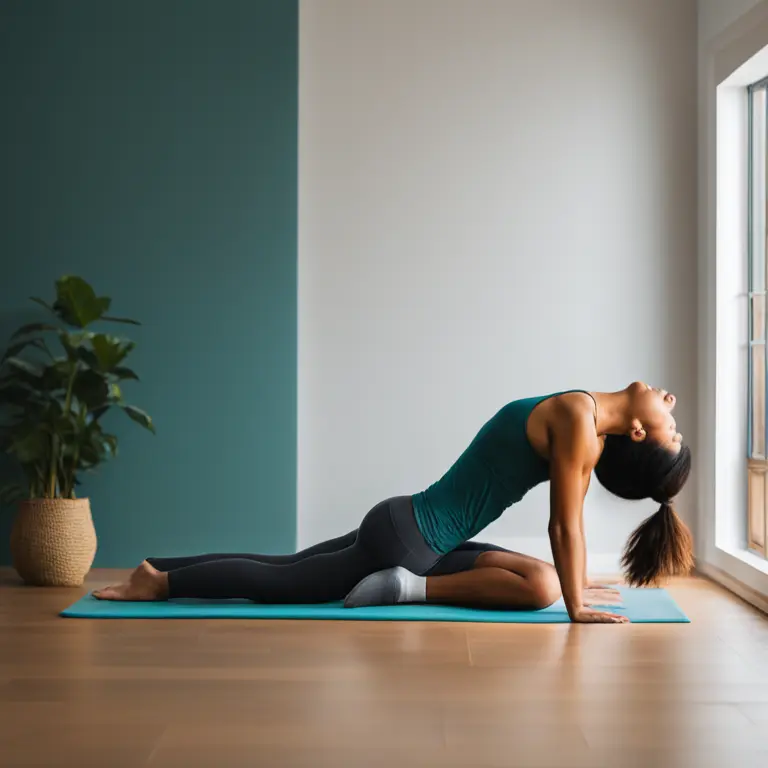
Beginner’s Guide to Meditation Practices
Embark on a journey to inner peace with our beginner-friendly meditation techniques designed to help you find balance and serenity.
article by Hina Kurosawa
Introduction to Meditation
Meditation has been a cornerstone in various cultures for centuries, offering a path to tranquility and heightened self-awareness. In our fast-paced world, finding moments of calm is more important than ever. As a beginner, understanding the fundamental principles of meditation gives you a starting point towards cultivating a fulfilling practice. While it may seem daunting, meditation is truly accessible to everyone. Regardless of your lifestyle, finding a technique that resonates with you can revolutionize your approach to daily stress and overall well-being.

Setting Up Your Space
Creating a conducive environment is key to effective meditation. Choose a quiet spot free from distractions, where you feel comfortable and at ease. Whether it's a dedicated room or a cozy corner, the space should facilitate a sense of peace. Minimize potential interruptions by informing others of your intent to meditate, switching off electronic devices, or using a do not disturb sign. Comfortable seating is crucial, so consider a cushion, meditation bench, or a chair if the floor isn't suitable.

Choosing the Right Time
The best time to meditate is different for everyone and hinges on your unique daily rhythm. Many find that meditating first thing in the morning ensures a calm and centered start to the day. Alternatively, evening sessions might help to unwind and process the day's events. Consistency is more vital than the specific time, so aim to integrate meditation into your routine at a moment that feels natural and sustainable for you.

Beginning Your Practice
Start with short, manageable sessions—just five minutes can make a difference. Sit or lie in a comfortable position, close your eyes, and bring your attention to your breath. Inhale and exhale slowly, observing the natural rhythm of your breathing without trying to control it. As you focus on your breath, your mind will inevitably wander. Gently acknowledge any thoughts without judgment and return your focus to your breathing. This practice enhances mindfulness and helps to anchor you in the present moment.

Exploring Different Techniques
There's a wide array of meditation techniques to explore. Guided meditation, using a recorded voice or instructor, can provide direction and focus for beginners. Mindfulness meditation involves staying present and aware of your thoughts and surroundings. Mantra meditation uses repetitive sounds or phrases to clear the mind, while movement meditations like Tai Chi or walking meditation incorporate physical activity with meditative focus. Experiment with different forms to discover what resonates with you.
Making Meditation a Habit
Incorporating meditation into your daily life can yield profound benefits. To cultivate a consistent practice, associate meditation with another daily activity, such as after brushing your teeth or before your morning coffee. This can help it become a natural part of your routine. Use reminders or scheduling apps to maintain regularity, and be kind to yourself if you miss a session—developing a new habit takes time and perseverance.
Varying Your Practice
As you grow more at ease with meditation, feel free to vary your practice to keep it engaging. Try different durations, techniques, or sounds like gentle music or nature sounds to enrich your experience. Incorporating variety helps to maintain your interest and allows you to explore the multitude of benefits that different forms of meditation provide.
Published: 2/12/2024
Modified: 2/12/2024
More predictions
Come back here soon to learn more about yourself and your future


The Serenity of Meditation Music: An Ethereal Journey
Discover how meditation music can enhance your spiritual practices, support stress relief, and align with astrological energies for a harmonious life.


Meditation Explored: 10 Cutting-Edge Discoveries
Meditation, an age-old practice, has been undergoing a modern renaissance, with science diving deep into its mysteries. As researchers explore its intricacies, they continue to unveil fascinating facts that bridge ancient wisdom with contemporary discoveries.


The Heart of Meditation: A Journey Inward
Discover the heart of meditation, its benefits, and how to integrate this ancient practice into modern life for peace and self-discovery.